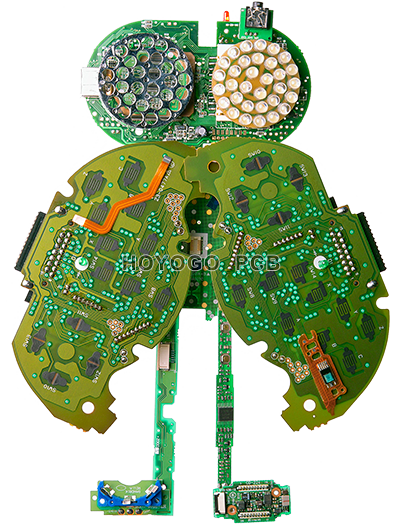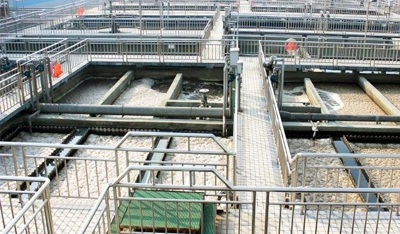Inevitably, PCBs produce substances that are harmful to the environment during production. If the wastewater containing harmful substances is not properly treated, the pollution to the environment will be great and it will also endanger human health. Moreover, "green production" is the only way to achieve environmental protection and sustainable development. Therefore, it is necessary to treat the wastewater.

In addition to producing high-efficiency and high-quality products, HOYOGO PCB factory will not relax the treatment of wastewater. So, what should the wastewater generated in the PCB production process be treated?

PCB wastewater divided to cleaning wastewater, ink wastewater, complex wastewater, concentrated acid waste liquid, and concentrated alkali waste liquid. There are many types of pollutants in wastewater, and the composition is complex. Therefore, the rational separation of hazardous materials and subsequent treatment is the key to ensuring treatment standards.
PCB wastewater treatment is mainly divided into physical treatment and chemical treatment; the physical treatment method is to enrich the pollutants in the wastewater or separate the easily separated physical state from the wastewater, so that the wastewater can reach the discharge standard. The physical treatment methods mainly include decanting method, electrodialysis method, reverse osmosis method and the like.
The HOYOGO plants typically uses chemical treatment methods to convert contaminants in wastewater into easily separable materials (solids or gases). The chemical treatment methods include oxidation-reduction method, chemical precipitation method, ion exchange method, electrolytic method, etc.
The following a detailed description of the classification of chemical treatment methods:
1. Oxidation-Reduction Method
The redox method converts harmful substances into harmless substances by using an oxidizing agent or a reducing agent, and cause them to precipitate and separate. The cyanide-containing wastewater in the PCB and the chromium-containing wastewater are often subjected to a oxidation-reduction method.
2. Chemical Precipitation Method
Chemical precipitation is the conversion of hazardous materials into readily separable precipitates or educts using one or several chemical agents. There are many chemical agents used for PCB wastewater treatment, such as NaOH, CaO, Ca(OH)2, Na2S, etc. The precipitant can convert heavy metal ions into a precipitate, which is then separated from the solid by a tilting plate settling tank, a sand filter, a filter press or the like.
3. Ion Exchange Method
Chemical precipitation method is difficult to treat high-concentration wastewater, so it is often used in combination with ion exchange methond. First, the heavy metal ion content needs to be reduced to about 5 mg / L by chemical precipitation method, and then the heavy metal ions are reduced to the emmission standard by ion exchange method.
4. Electrolytic Method
Electrolytic treatment of high-concentration PCB wastewater can reduce the content of heavy metal ions, but the electrolysis method is effective only for the treatment of high-concentration heavy metal ions. And it consumes a lot of power, so only a single metal can be processed.
